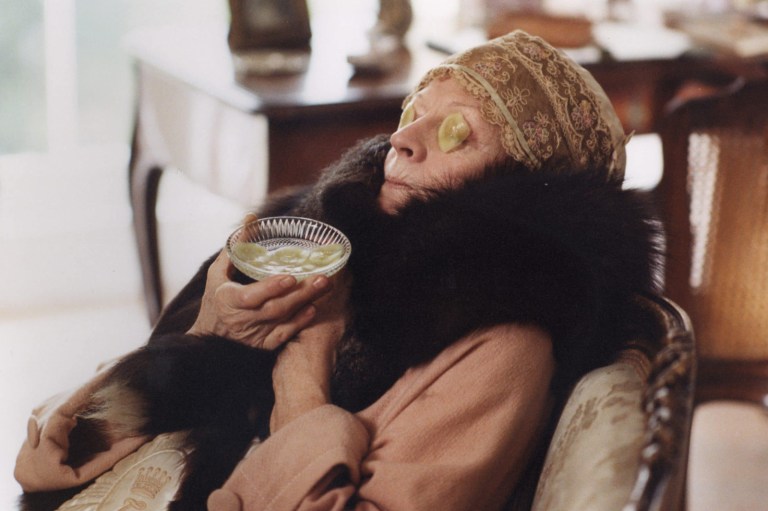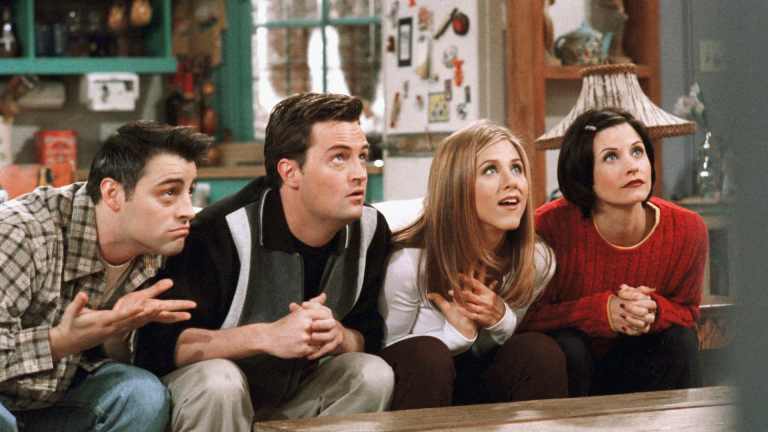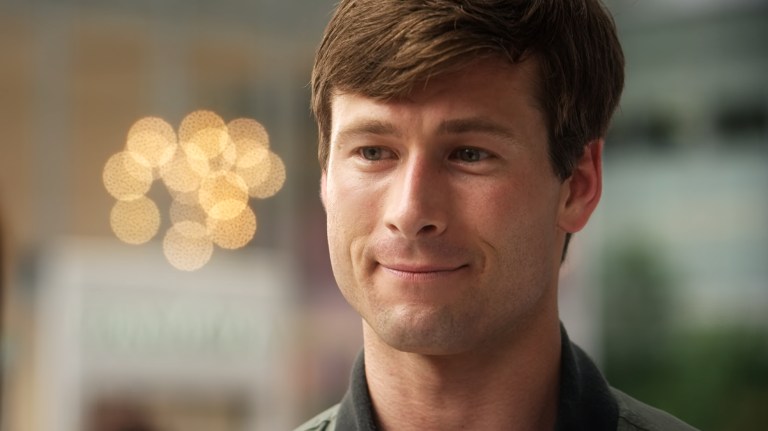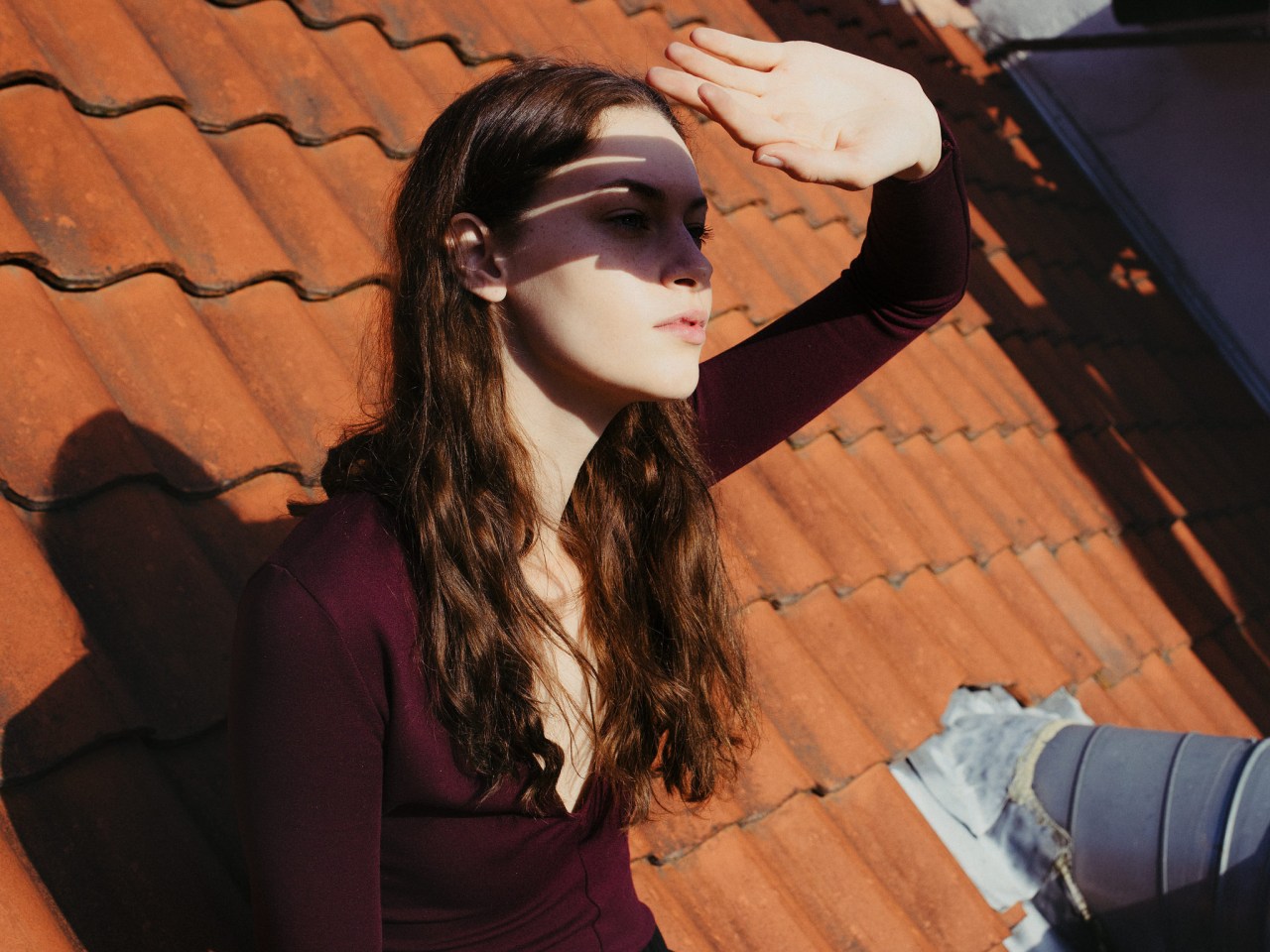
When You’re A Happy Person Who Secretly Struggles With Depression
Because when you're the happy person, when you're the smiley social butterfly, no one expects you to be hurting inside.
By ![]() Kris Miller
Kris Miller
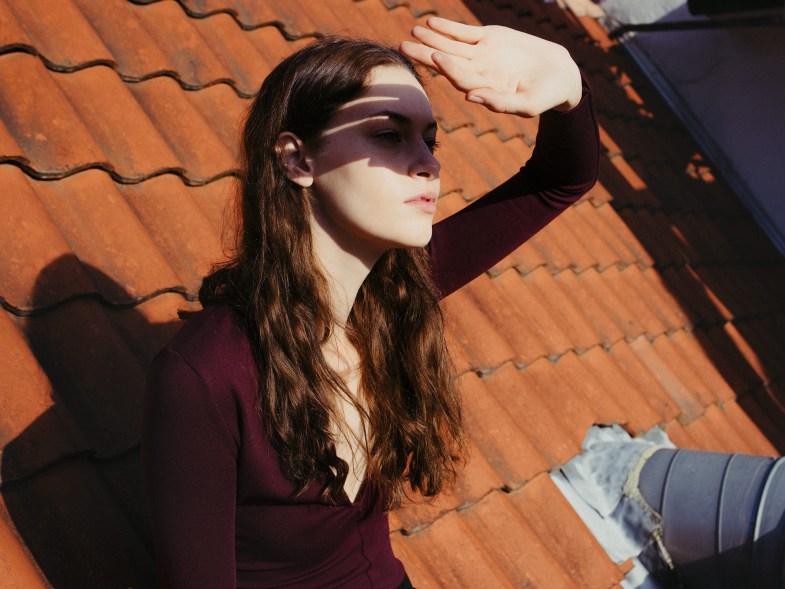
You smile a lot. People meet you for the first time and often mention that. Your energy is infectious and full of joy. Your friends joke that you smile even when you shouldn’t. It’s your first instinct. It’s natural, something you do without even thinking about it. You smile at neighbors and strangers and babies and dogs wagging their happy tails.
You’re silly and a little loud; every photo of that exists of you online you’re seen laughing or grinning. To the outside world, you look so happy. You always look so happy.
There’s this idea about what depression looks like. It’s one filled with messy, unmade beds and greasy hair. It’s someone who doesn’t go out to socialize. Someone who watches TV for 6 hours straight. Like a human Eeyore. Gloomy and sad. Lifeless, really.
Depression looks different on everyone. It’s not a one-size-fits-all illness. And just because you can’t see it on someone, just because you can’t tell they’re struggling, doesn’t mean they aren’t being affected.
Because when you’re the happy person, when you’re the smiley social butterfly, no one expects you to be hurting inside.
No one assumes there are things that go beyond the exterior. No one thinks there’s pain past the friendly outside.
When people see you as a happy person, it’s difficult to want to open up. You don’t fit into their narrow expectation of what depression is, or what it can look like. It feels like you have to struggle in silence. Would you be disappointing them if they knew the truth? Would they look at you differently?
So, you don’t say anything. You continue being the happy, smiley, giggly person everyone knows. You go out. You text people back quickly. You show up to brunch and laugh with all your friends.
Depression sits in the background, like an uninvited guest. No one else can see it. But still, you know it’s there.
Even if you’re all smiles. ![]()
